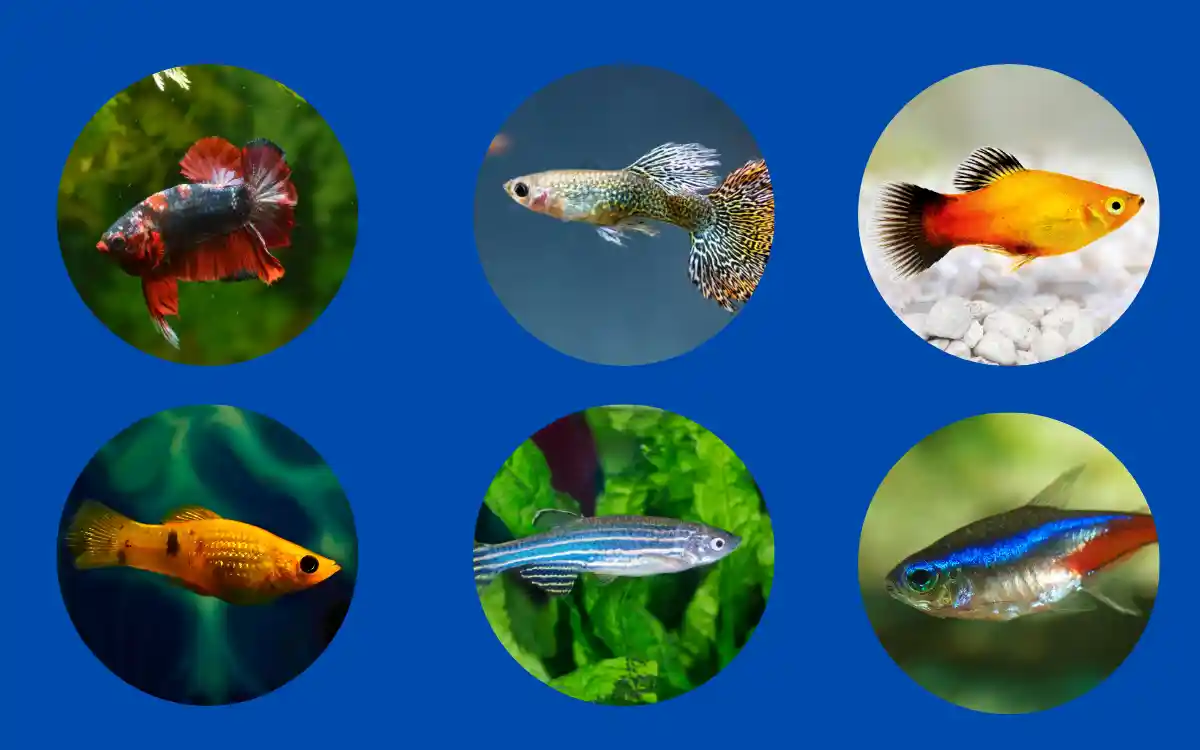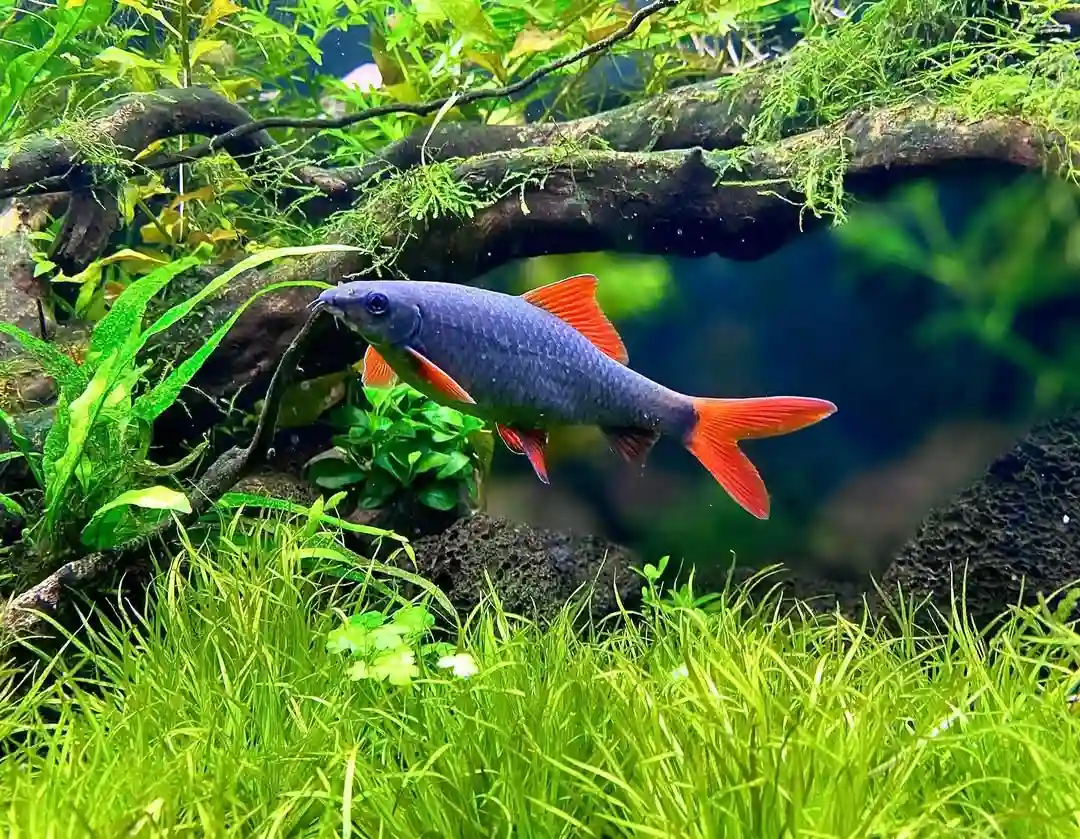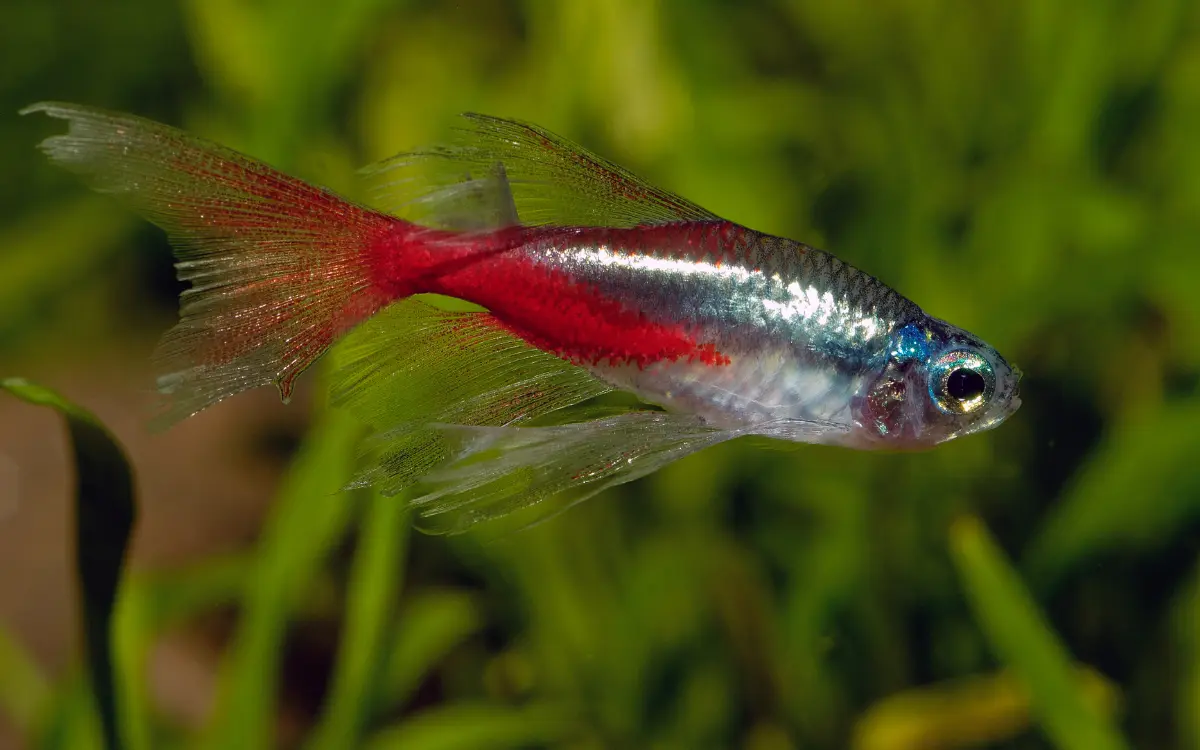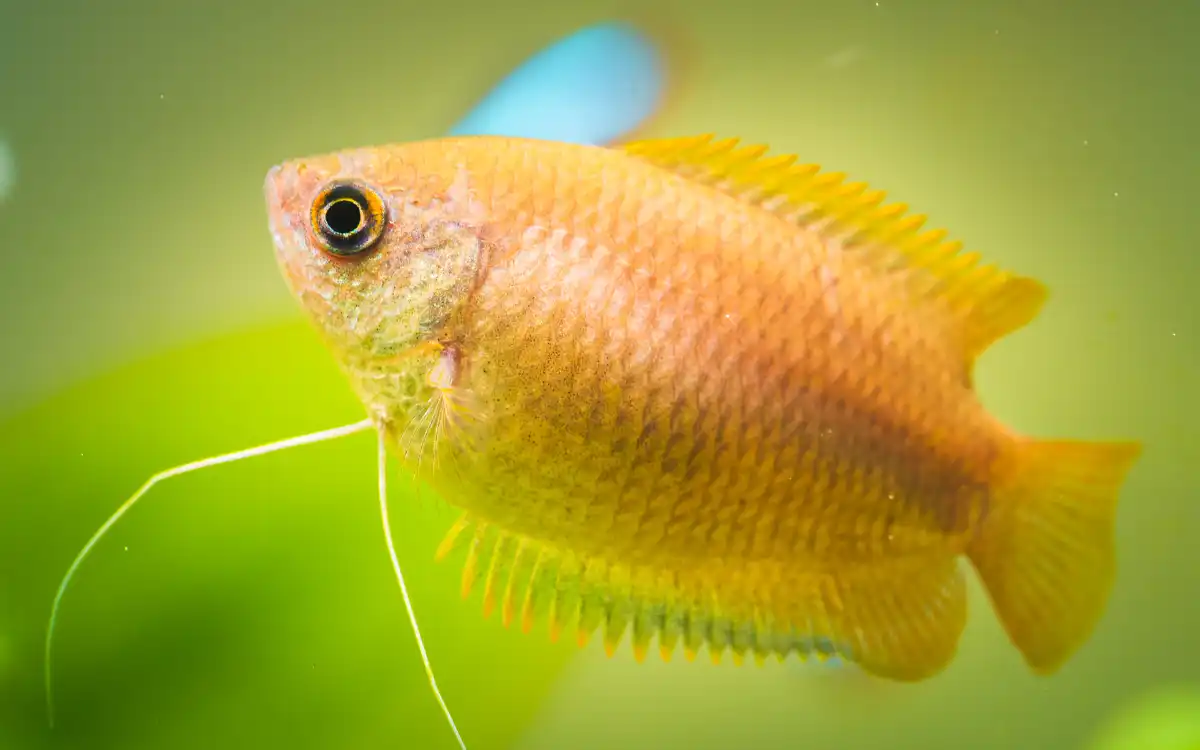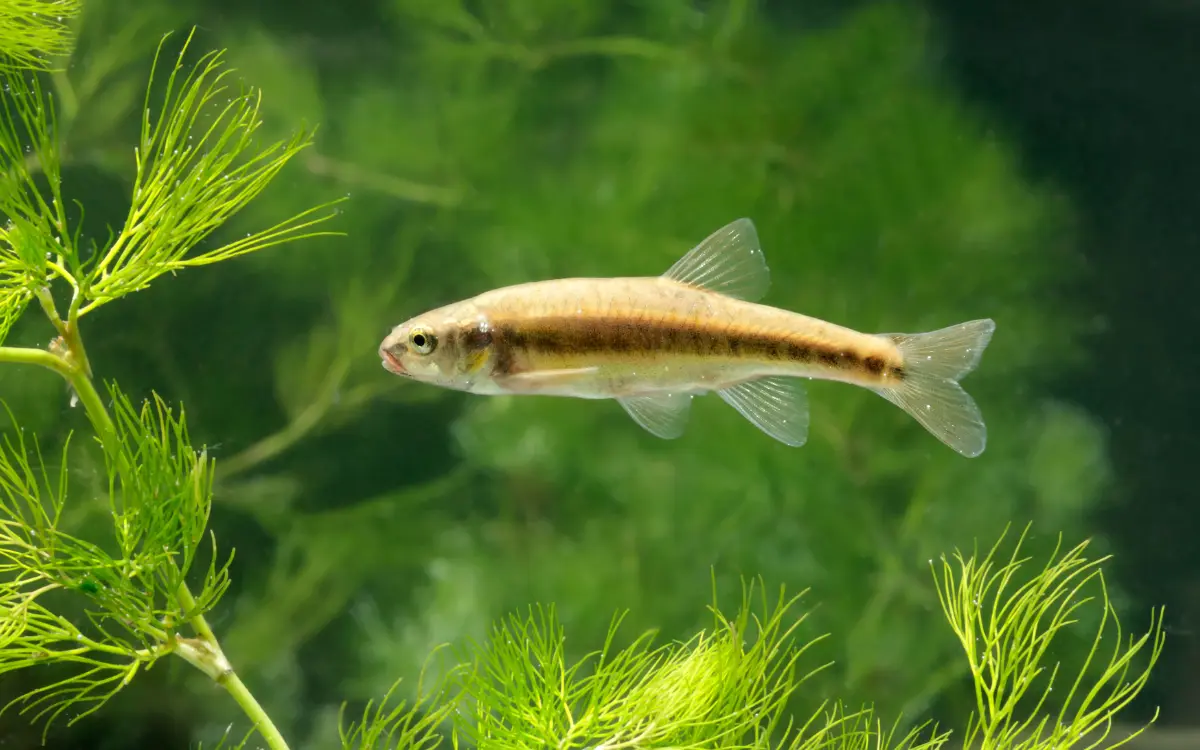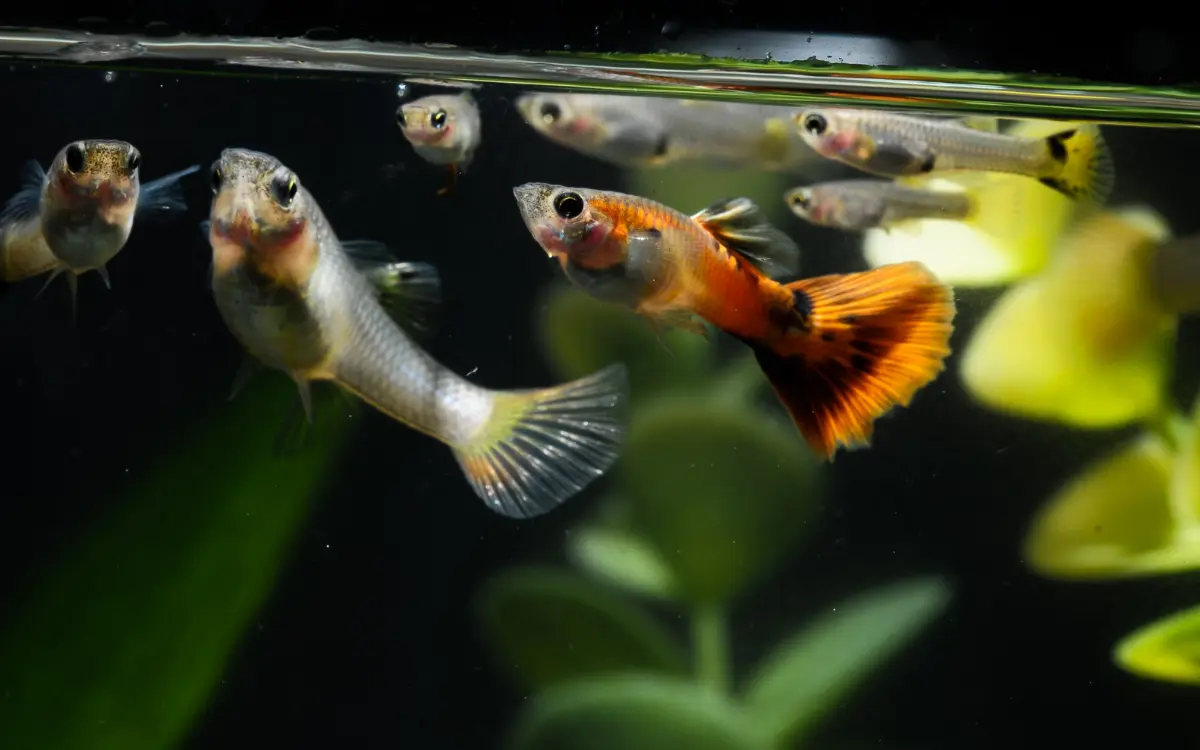11 Bottom Dwellers for Freshwater Tanks
Bottom-dwelling fish help keep aquariums clean by scavenging leftover food and algae, but they still need proper care and feeding. Choosing the right species depends on tank size, temperament, and compatibility.
While some, like Corydoras, are great for community tanks, others, like Tiger Shovelnose Catfish, need much larger setups.
Providing the right environment ensures they thrive while enhancing your aquarium’s balance.
Small & Community-Friendly Bottom Dwellers
1.Corydoras Catfish
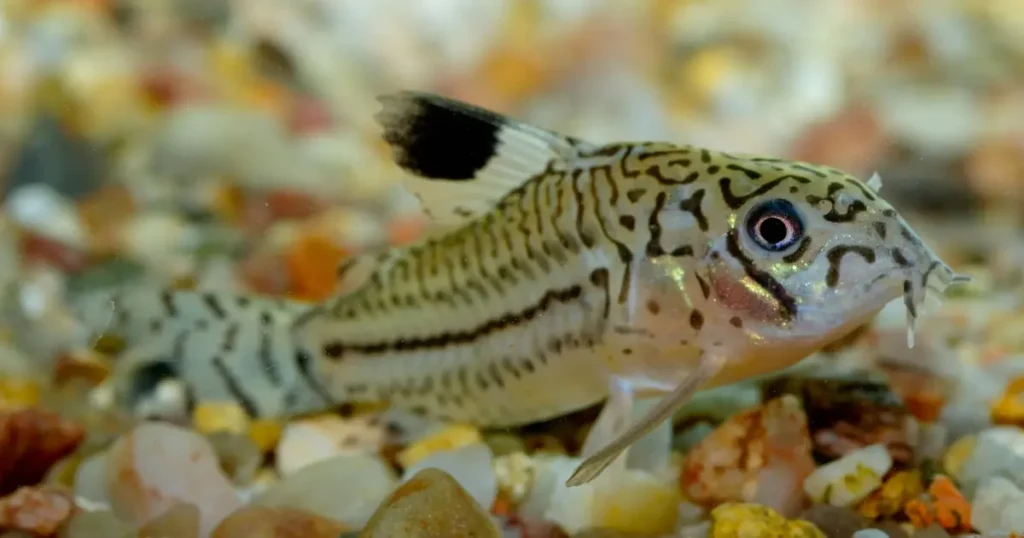
Corydoras are peaceful, social fish that thrive in groups. These small bottom dwellers are constantly foraging along the substrate, helping to clean up leftover food.
Their playful nature and adaptability make them ideal for community tanks, but they require soft sand or fine gravel to protect their sensitive barbels.
2.Kuhli Loach
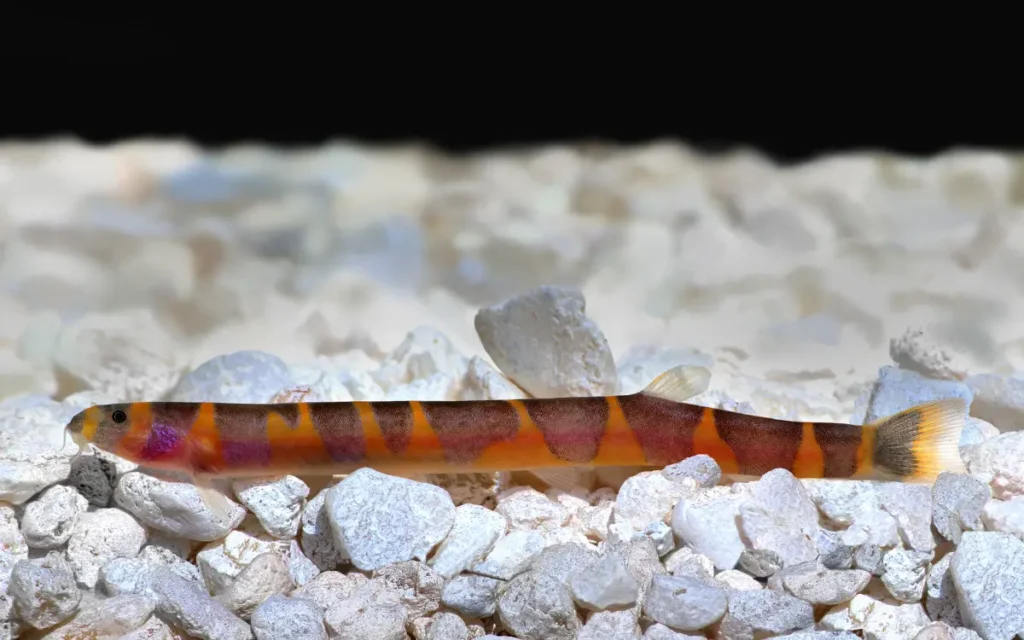
Kuhli Loaches resemble tiny eels and are known for their burrowing behavior. They are shy, nocturnal fish that prefer hiding in caves or driftwood during the day and become active at night.
Best kept in small groups, they thrive in well-planted tanks with soft substrate and are excellent at cleaning up detritus.
3.Otocinclus Catfish
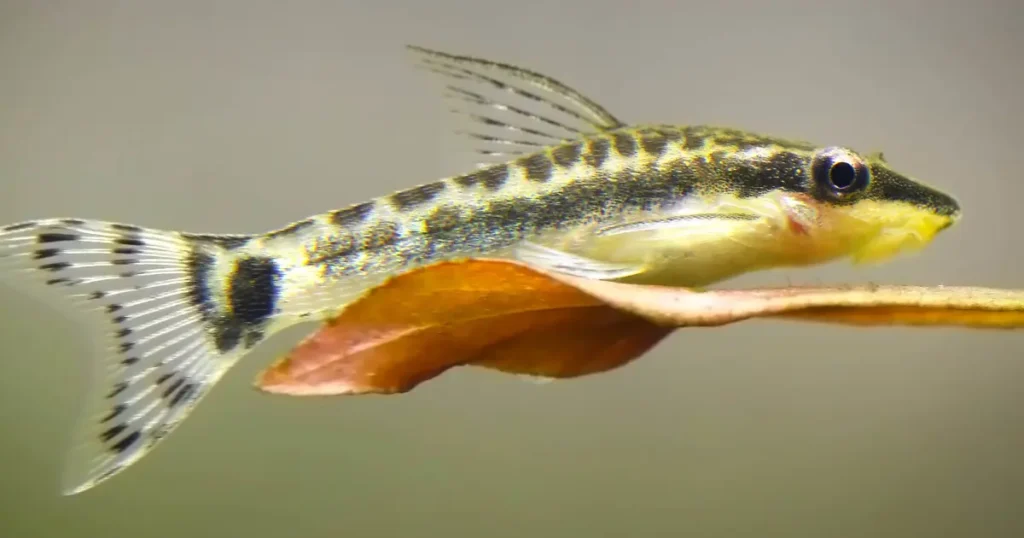
Otocinclus, or “Otos,” are tiny but efficient algae eaters perfect for planted aquariums. These peaceful fish do well in groups and prefer a steady supply of algae or supplemental algae wafers to stay healthy.
Due to their small size, they are best suited for smaller community tanks with stable water conditions.
4.Panda Garra
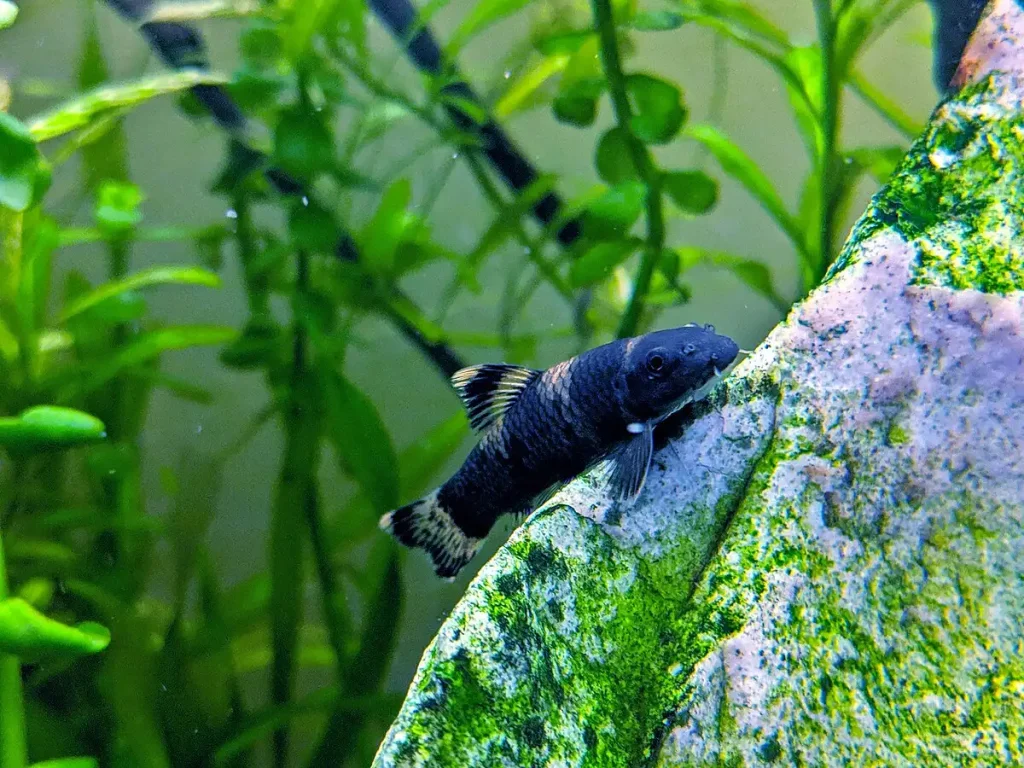
The Panda Garra is a lively, adaptable fish that helps control algae while adding personality to the tank.
Unlike many bottom dwellers, they are active during the day and interact well with other peaceful fish.
They prefer fast-moving, well-oxygenated water and a varied diet that includes algae, sinking pellets, and vegetable matter.
Medium-Sized Bottom Dwellers for Freshwater Aquariums
For aquarists looking for bottom dwellers that are larger than small catfish but not as demanding as massive plecos or predatory species, medium-sized bottom dwellers offer a perfect balance.
These fish add variety to the lower levels of the tank while helping with algae control, scavenging leftover food, or even controlling pest snails.
Here are some of the best medium-sized bottom dwellers for freshwater aquariums.
5.Bristlenose Pleco
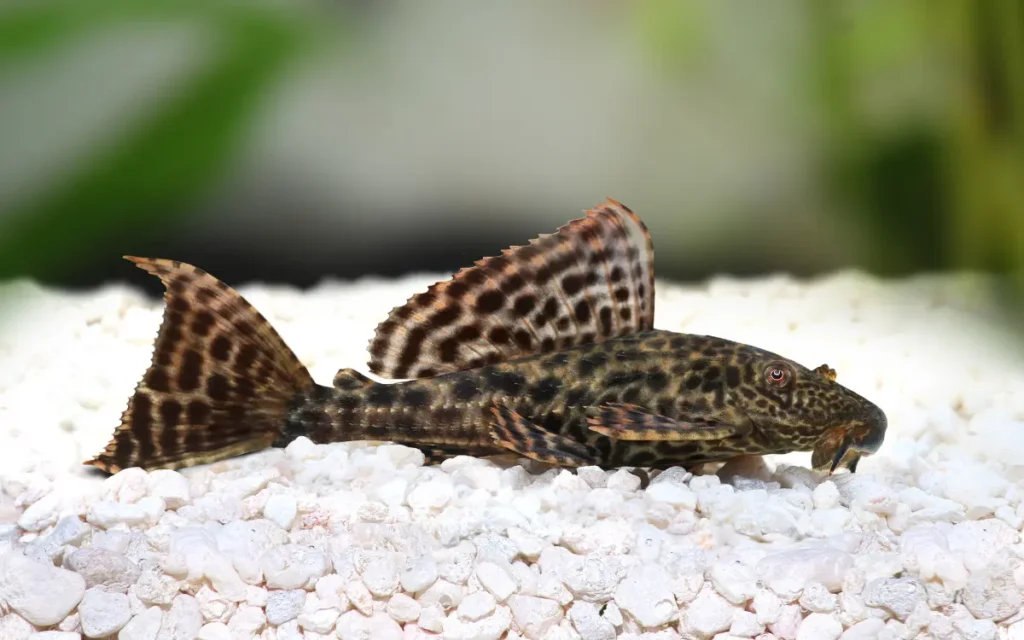
Bristlenose Plecos are hardy algae eaters that stay smaller than common plecos, reaching around 5 inches in length. Their unique bristle-like facial growths set them apart from other bottom dwellers.
They require driftwood for digestion, making it essential to provide natural décor in their tank.
Unlike their larger pleco relatives, they are suitable for tanks as small as 30 gallons, making them a great choice for many aquarists.
6.Clown Loach
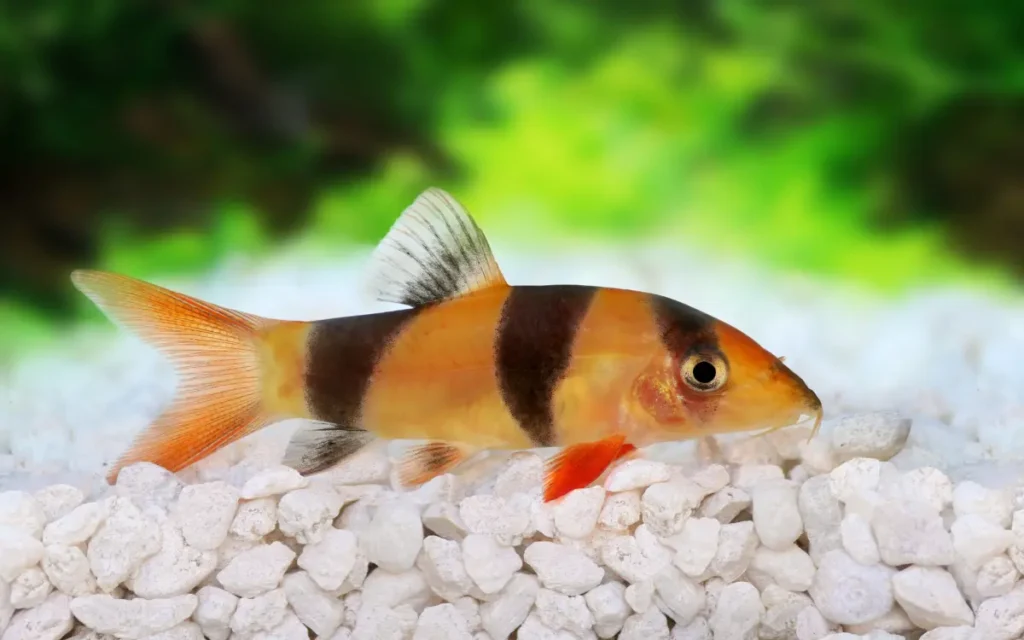
Clown Loaches are playful, social fish with bold orange and black stripes, making them one of the most eye-catching bottom dwellers.
They thrive in groups and require at least a 75-gallon tank as they can grow up to 12 inches. Despite their size, they are peaceful and highly active, often seen darting around the tank or squeezing into tight hiding spots.
They are excellent additions to community tanks with other non-aggressive fish.
7.Yoyo Loach
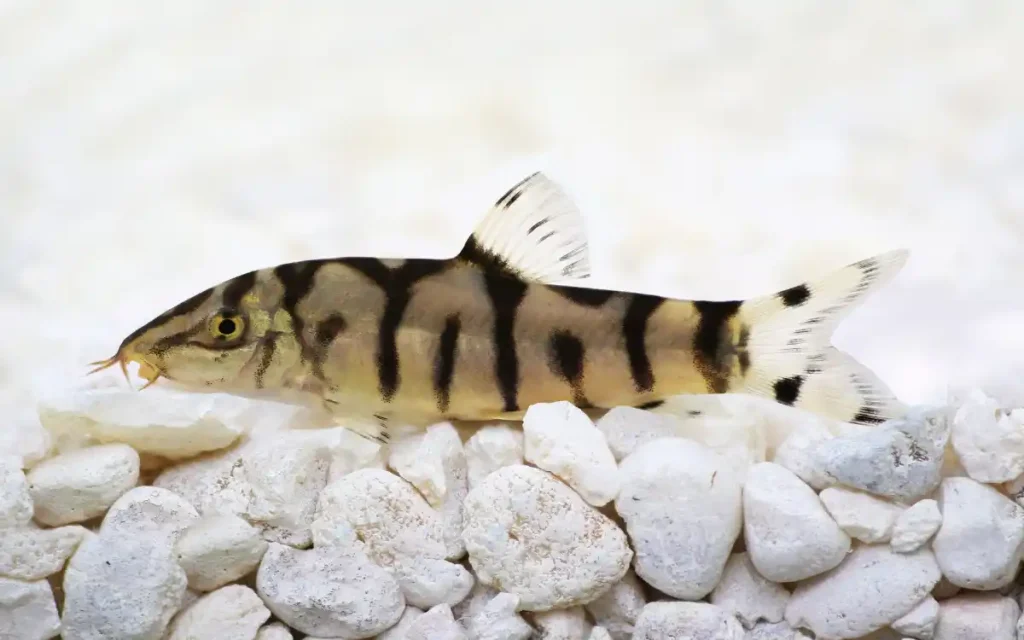
Yoyo Loaches are energetic and intelligent fish, known for their black-and-silver maze-like patterns that change as they age. They are great for controlling snail populations as they actively hunt and eat them.
Growing up to 6 inches, they require a well-structured tank with hiding spots and are best kept in groups of three or more to prevent aggression.
Their inquisitive nature makes them a fun and engaging addition to the aquarium.
8.Bumblebee Catfish
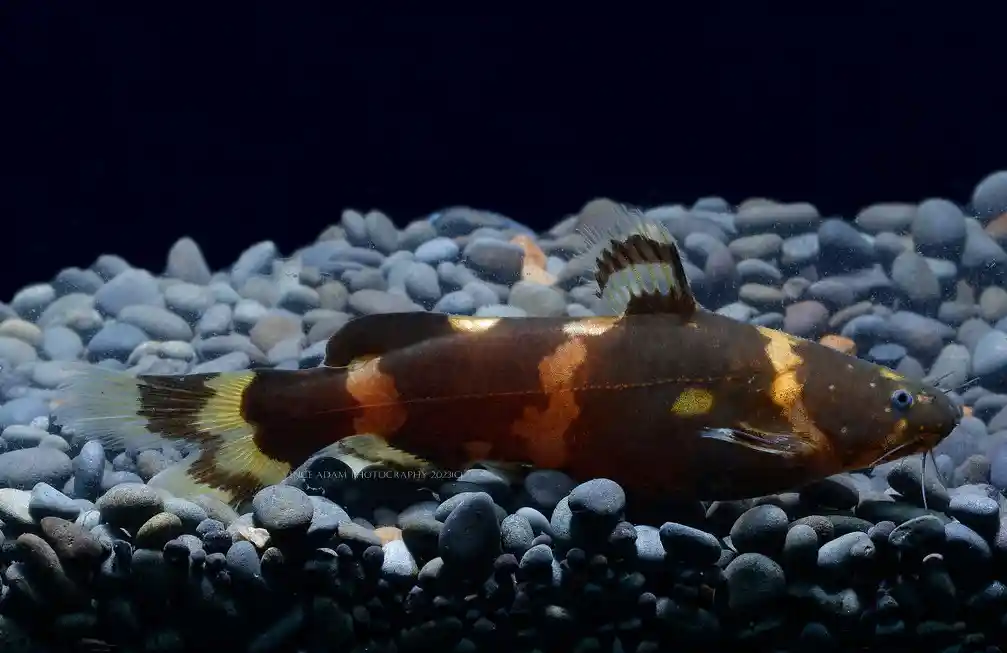
Bumblebee Catfish are nocturnal bottom feeders with a bold yellow-and-black striped pattern resembling a bumblebee.
They stay relatively small, reaching about 5 inches, and prefer to hide in caves or driftwood during the day, becoming active at night. While peaceful, they are best suited for tanks with similarly sized fish that won’t outcompete them for food.
Their striking appearance and elusive behavior make them a fascinating choice for bottom-dweller enthusiasts.
Large & Unique Bottom Dwellers for Freshwater Aquariums
For aquarists with large tanks and a passion for unique species, these bottom dwellers make impressive centerpiece fish.
While they help keep the substrate clean, many of them grow extremely large and require specialized care.
Their distinct appearances and fascinating behaviors make them highly sought-after, but they are best suited for experienced keepers who can provide the proper environment.
9.Royal Pleco
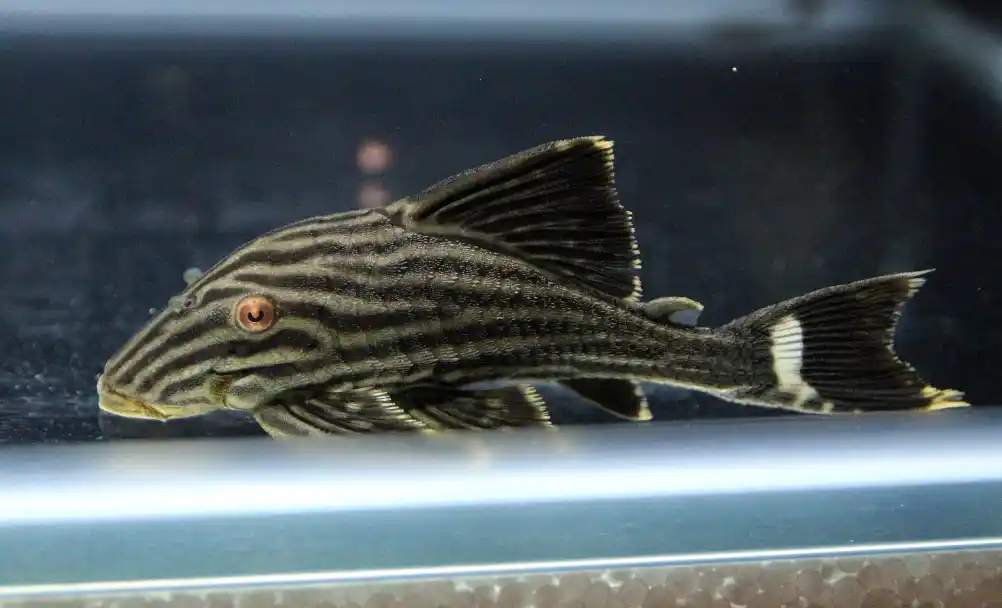
The Royal Pleco is a stunning wood-eating species with intricate patterns and a thick, armored body.
Unlike common plecos, they rely on driftwood for digestion, making it essential to provide plenty of it in their tank. Growing up to 16 inches, they need a spacious aquarium of at least 100 gallons.
They are peaceful but require good water quality and a varied diet, including algae wafers and fresh vegetables.
10.Tiger Shovelnose Catfish
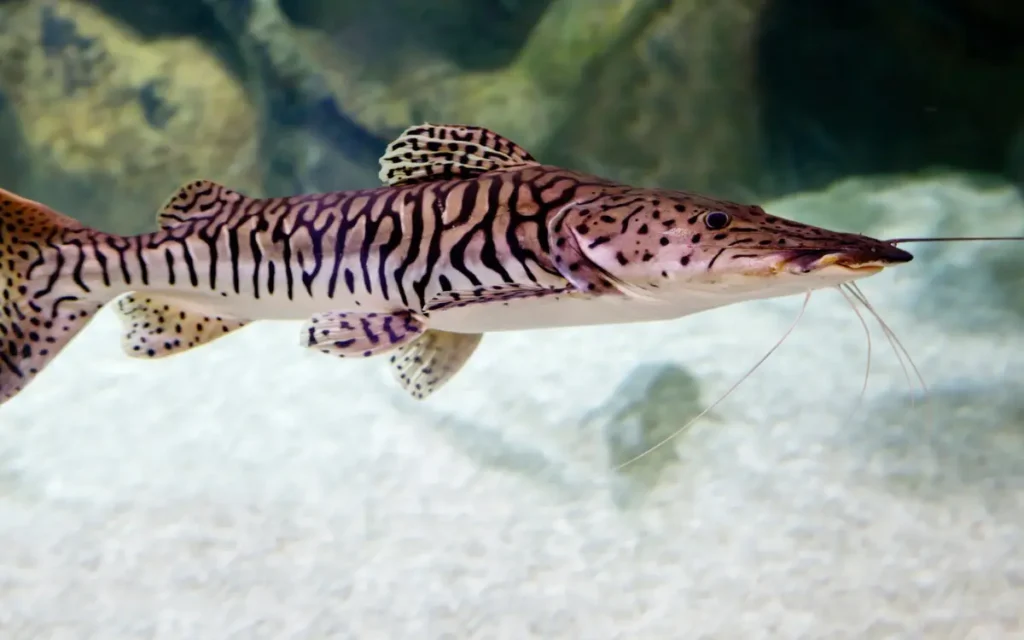
The Tiger Shovelnose Catfish is a massive, predatory bottom dweller with an elongated body covered in bold black stripes.
It can grow over 3 feet in length, requiring at least a 300-gallon tank or an indoor pond. Due to its carnivorous nature, it should only be housed with similarly large fish.
This species is not for beginners, but for experienced aquarists who can provide an enormous setup, it is an incredibly rewarding fish to keep.
11.Ornate Bichir
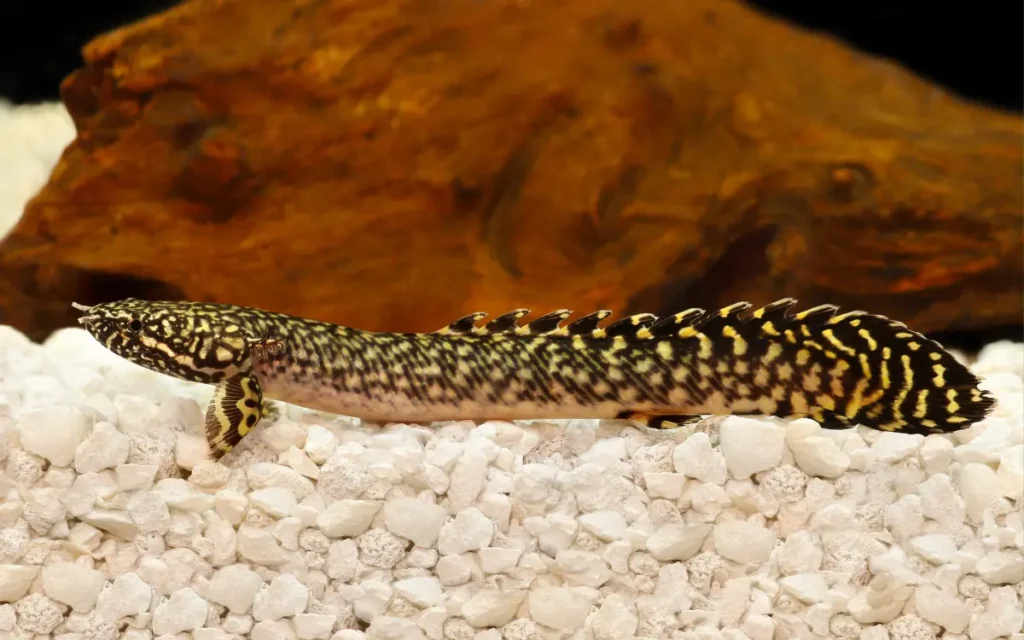
The Ornate Bichir is a prehistoric-looking fish with a long, snake-like body covered in armored scales and spiny dorsal fins.
It can grow over 2 feet long and requires a 100-gallon tank or larger with plenty of hiding spots. As a nocturnal predator, it prefers dim lighting and a diet of meaty foods such as shrimp, worms, and pellets.
Despite its predatory nature, it is slow-moving and can coexist with large, non-aggressive tank mates.
Read also: 8 algae eater for your Aquarium: Ultimate Guide
FAQs
Do bottom dwellers clean the tank?
They help by eating leftover food and algae but don’t replace regular maintenance. Proper filtration and water changes are still needed.
Do they need a soft substrate?
Some, like Corydoras and Kuhli Loaches, require soft sand to prevent injuries, while others, like Plecos, can adapt to gravel.
Do bottom dwellers need to be in groups?
Many, like Corydoras and Loaches, thrive in groups, while solitary species like Bichirs and Tiger Shovelnose Catfish prefer living alone.
Why do they hide all the time?
Nocturnal species like Kuhli Loaches and Bichirs are more active at night. Providing caves and dim lighting can help them feel secure.
Can they live with aggressive fish?
Peaceful species like Otocinclus should avoid aggressive fish, but Plecos and Bichirs can coexist with larger, semi-aggressive tank mates.

